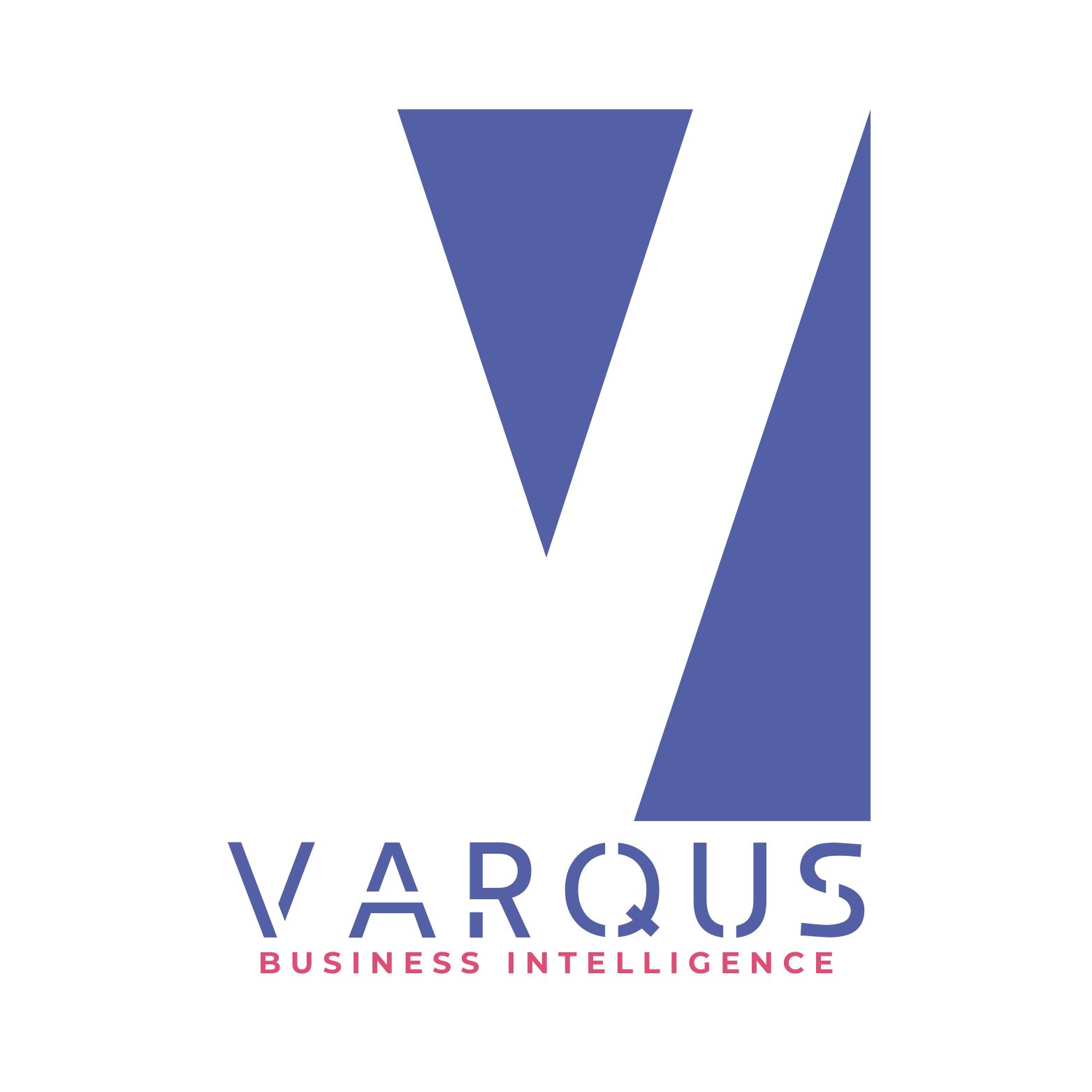There’s a peculiar kind of optimism in the Dutch business climate this quarter, one that doesn’t quite celebrate, but doesn’t retreat either. Like the moment a sailor notes the wind shifting after weeks of headwinds: the sails aren’t full yet, but they’re no longer flapping uselessly. That’s what the latest Business Survey Netherlands shows us.
Business confidence has risen to -3.8, up from -7.5 last quarter. Still negative, yes. But less so. And for many entrepreneurs navigating post-pandemic uncertainty, wars at the border of Europe, and fragile supply chains, “less negative” begins to feel like a small luxury. Especially when you're not sure what’s coming next.
Let’s unpack what lies behind the numbers, not just the decimal points, but the lived realities they reflect.
Transport, Trade, and the Quiet Shift in Guts
The most notable jump in confidence came from transport and storage, a leap from -12.0 to -0.9. Think about that. This sector, often the first to feel geopolitical tremors and fuel price shocks, is now quietly leading the mood shift.
Why? Because resilience isn’t built in PowerPoints, it’s forged on the road. Logistics operators, freight brokers, and warehousing entrepreneurs are used to recalibrating with speed. They don’t rely on economic theory; they rely on getting the truck out of the depot by 7:00 am, no matter what.
Similar stories emerge from wholesale and business services, which turned positive. When intermediaries and enablers start feeling slightly better, it’s not a boom. It’s a signal: the system hasn’t lost trust in itself.
And trust is the currency beneath all others.
Agriculture, Hospitality, and the Cracks We Must Not Ignore
On the other end of the spectrum, agriculture, hospitality, and retail continue to spiral downward. Farmers now report the most negative outlook in the entire business landscape, -16.3, a sharp drop that isn’t just a seasonal tremor. It’s systemic fatigue.
Hospitality, often the heart of local economies, now records -13.2. The irony? These are precisely the sectors most celebrated in political speeches and rural charm brochures. But applause doesn’t pay invoices. And no tax credit can replace long-term structural investment in dignity.
We risk romanticizing sectors while underinvesting in their backbone. If confidence is a thermometer, then this drop is a fever we shouldn’t ignore.
Labor Shortage: From Excuse to Existential Risk
A staggering 36.3% of companies now cite labor shortages as their main operational barrier. That’s more than those experiencing no obstacles at all.
Let’s be clear: this isn’t just a recruitment issue. It’s a systemic rupture between what companies need and what society prepares. We are not facing a lack of people. We are facing a lack of alignment between education, immigration policy, lifestyle choices, and business tempo.
And while one in five entrepreneurs points to “insufficient demand” and one in ten cites financial constraints, it’s the human factor that increasingly decides whether a business can even remain operational.
Investments: The Indecisive Middle
On the surface, investments in 2025 seem stable. Almost as many entrepreneurs plan to invest more as those who plan to invest less. Neutrality is the mask of uncertainty.
The real estate rental and trade sector is the most optimistic (balance: +17%), while hospitality leads the pessimists at -12%. But perhaps the more telling signal comes from transport and storage again, jumping from 3% to 12% in expected investments. When movers start moving capital, they’re not betting, they’re planning.
And planning is the early sign of rebirth.
Why This Matters More Than the Numbers
Entrepreneurial confidence is not a forecast; it’s a fingerprint. It reveals how business owners metabolize complexity, not just with calculators, but with instinct.
What we’re seeing now is a kind of cautious recalibration. Not recovery. Not despair. A middle ground where uncertainty is priced in, and blind optimism has been replaced by sober resilience.
This moment, this -3.8, is not just a stat. It’s a temperature check on the soul of Dutch business: no longer frozen, not yet boiling, just cautiously alive.
Final Thought: Confidence Is Not a Strategy
A rise in business confidence does not guarantee stability. It must be earned, nurtured, and verified, quarter by quarter, client by client, invoice by invoice. And in the work I do, I always ask this:
Are we running toward clarity or away from collapse?
That’s the real question behind the metrics. And it’s one we must ask relentlessly.
Confidence is good. Structure is better.
Numbers show direction. Ethics set the course.
Co-Creator of Xtroverso | Head of Global GRC @ Zentriq
Paolo Maria Pavan is the structural mind behind Xtroverso, blending compliance acumen with entrepreneurial foresight. He observes markets not as a trader, but as a reader of patterns, tracking behaviors, risks, and distortions to guide ethical transformation. His work challenges conventions and reframes governance as a force for clarity, trust, and evolution.

